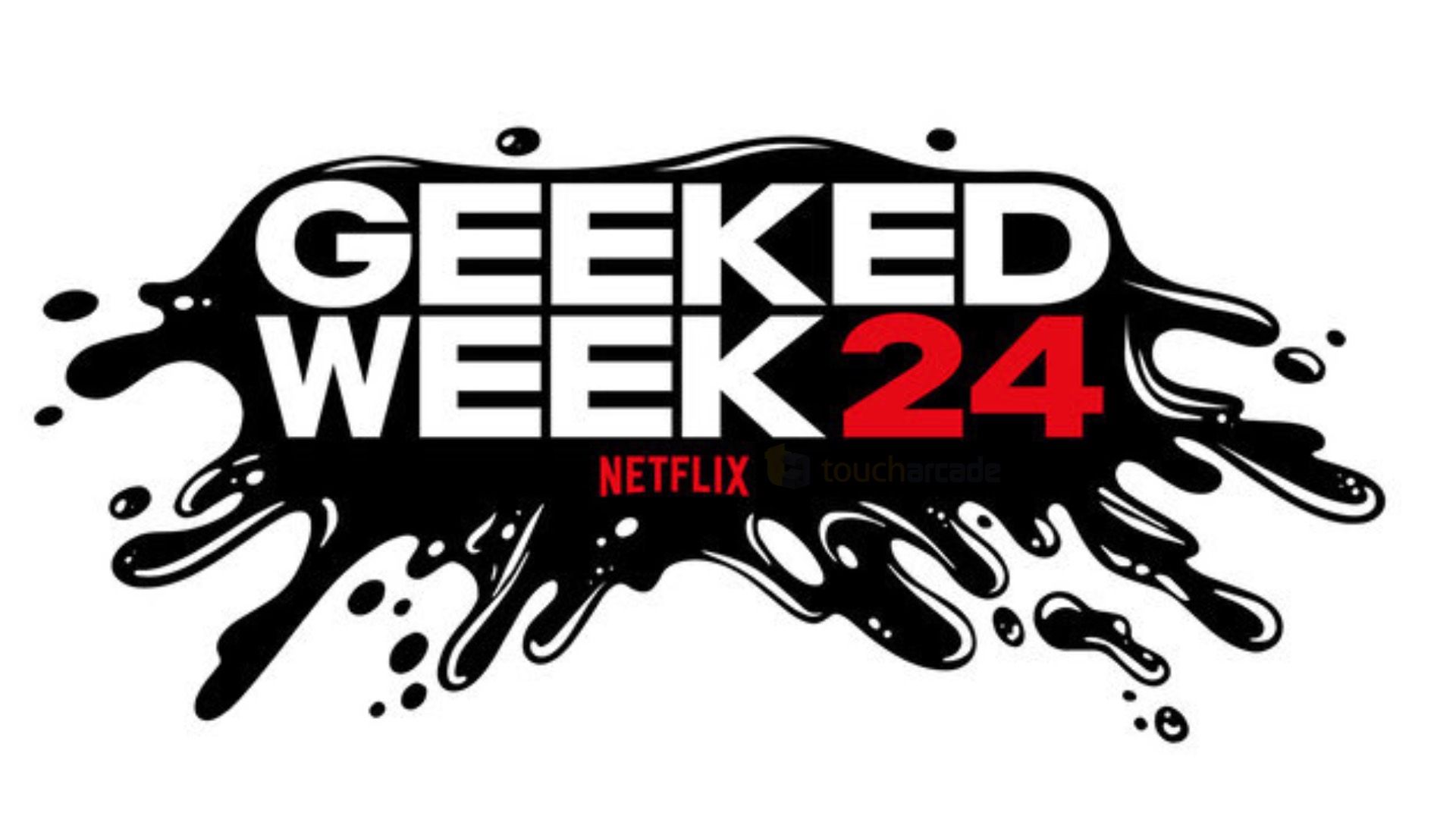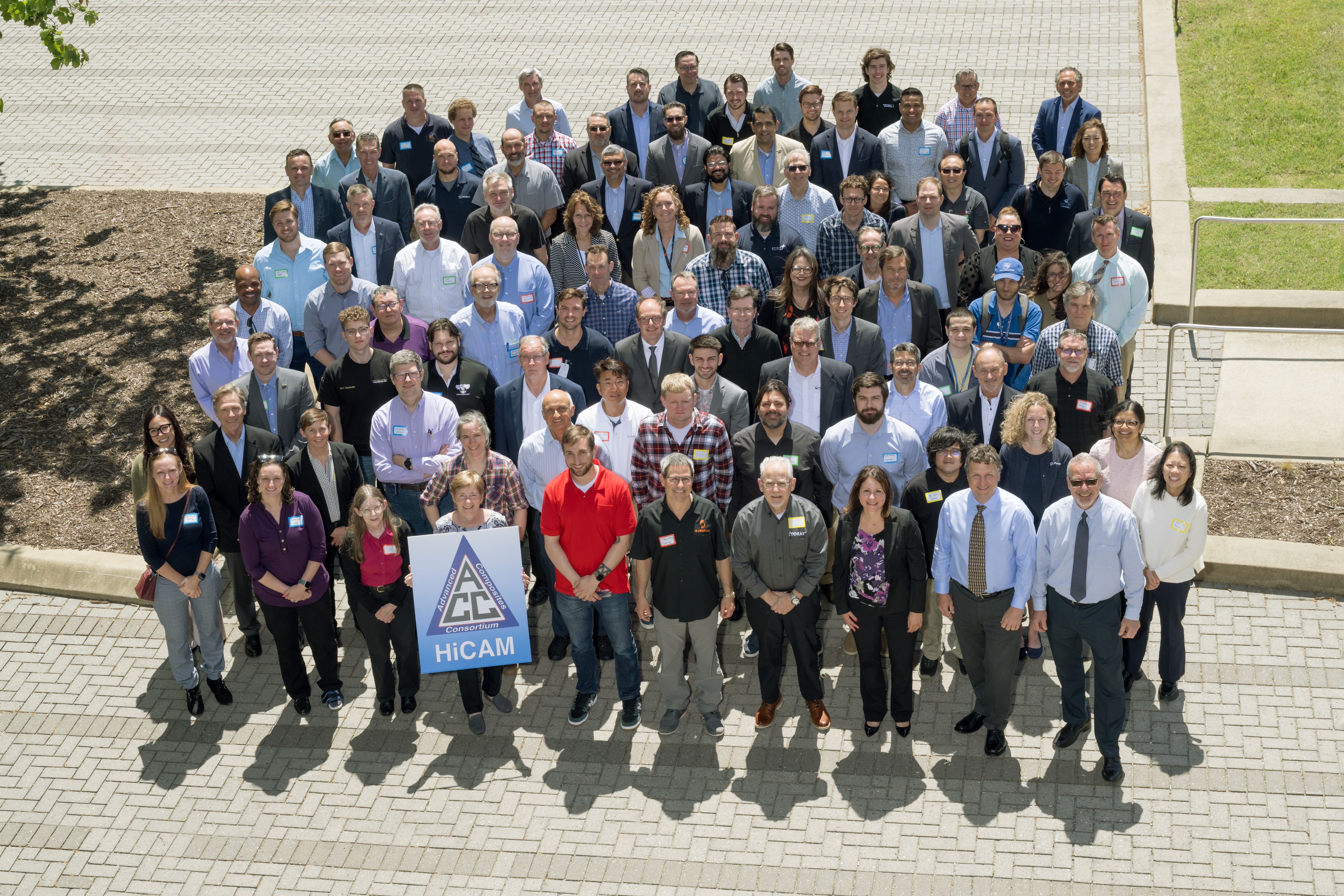Edtech leaders see expanding roles as concerns over AI and cybersecurity increase
If the Supreme Court decides Universal Service/E-Rate is unconstitutional, losing E-rate funding would have a catastrophic impact on the vast majority of school districts, according to CoSN's 2025 State of Edtech District Leadership report


Key points:
- Digital infrastructure is the backbone of teaching, learning, and operations
- Leadership is key to protecting student data privacy in 2025
- 10 tips for using analytics and adaptive tech in schools
- For more news on IT trends, visit eSN’s IT Leadership hub
If the Supreme Court decides Universal Service/E-Rate is unconstitutional, losing E-rate funding would have a catastrophic impact on the vast majority of school districts, according to CoSN‘s 2025 State of Edtech District Leadership report
The report offers critical insights into the evolving roles and responsibilities of K-12 edtech leaders across the country. Now in its twelfth year, the annual survey offers important benchmarks on emerging AI technologies and evolving cybersecurity measures.
The loss of E-rate funding would cut off access to essential digital learning tools and online resources. AI, which relies on internet access supported by E-rate, presents both opportunities to transform educational strategies for individualized instruction and learner empowerment as well as challenges–such as cyberattacks, cyberbullying, and misinformation. On the operational side, the rise of the Internet of Things (IoT) continues to expand the responsibilities of edtech leaders. Managing the complexities of modernized infrastructure, safeguarding student data privacy and integrating technological innovations have given edtech leaders a uniquely comprehensive perspective on the K-12 digital ecosystem.
The findings also provide valuable information to education stakeholders–including superintendents, school boards and business officers–as they set priorities and make budgetary decisions.
“This year’s survey reveals a defining moment for K-12 education,” said Keith Krueger, CEO of CoSN. “Digital infrastructure is now the backbone of teaching, learning, and school operations–and edtech leaders are the architects holding it all together. District leaders and policymakers must act now to sustain the infrastructure and talent that keep learning accessible for all, secure, and future ready.”
The 2025 survey and report were conducted in partnership with AASA, The School Superintendents Association, CDW Education, Lightspeed Systems, MCH Strategic Data and Sogolytics.
This year’s top findings include:
Digital connectivity: If the Supreme Court rules the E-rate program’s structure is unconstitutional, the impact will be major or catastrophic for 74 percent of districts, affecting students in all settings–rural, town, suburban and urban. Nearly half of respondents in cities (48 percent) describe the impact to be catastrophic. Meanwhile, support for off-campus broadband access is decreasing post-pandemic, with just 66 percent of districts providing support–down from 74 percent in 2023. Alarmingly, only 7 percent of districts report all their students have access to adequate bandwidth at home.
AI: An overwhelming 94 percent of edtech leaders see AI as having a positive impact on education, with productivity cited as the top benefit. Generative AI (GenAI) was ranked as the top technology priority, with 80 percent of respondents working in districts with GenAI initiatives. Notably, only 1 percent of districts have taken the drastic measure to completely ban its use. It is more common for districts to allow or disallow AI based on use case. A majority (57 percent) of districts use or are exploring the use of tools to detect AI-generated answers in student work.
Cybersecurity: Most school districts do not have dedicated funding to keep their networks and data secure, with 61 percent relying on general funds to pay for cybersecurity efforts. The majority (78 percent) invest in monitoring, detection and response tactics. Despite these concerns, EdTech leaders generally do not view their districts as high-risk. Phishing is the top threat, rated high risk by 27 percent, followed by data breaches and ransomware at 13 percent each. With current federal policy changes and funding cuts to the Multi-State Information Sharing and Analysis Center (MS-ISAC), which had provided cybersecurity training at no cost, cybersecurity risks are likely to increase.
Interoperability: The number one barrier to improving interoperability is not the lack of agreed-upon standards–which survey respondents ranked the least problematic–but a lack of understanding by leaders. While there are procedures around the purchase of digital tools, free tools that are downloaded in an ad hoc manner put district data at risk. Increasingly, districts are adopting processes to vet free tools before they are integrated into their digital ecosystems. The most significant improvements are the practices for an “approved” apps list now used by 59 percent, compared to 42 percent in 2023.
Edtech leaders: While the overall demographics of edtech leadership remain largely consistent, there was a notable shift in gender representation, with female respondents dropping to 29 percent, down from 37 percent in 2024. Another trend is the shift in professional backgrounds: in 2015, most edtech leaders came from education backgrounds (58 percent), while in 2025, the majority came from technology backgrounds (52 percent). This shift may reflect the role’s growing focus on infrastructure, cybersecurity and systems integration. Age data also reveals a generational divide, with 61 percent of female respondents aged 50 or older compared to 52 percent of male respondents under 50.
“The nation’s education technology leaders are managing more than ever–overseeing everything from HVAC systems and internet connectivity to cybersecurity and real-time bus tracking. It’s crucial for these leaders to have a seat at the table during district leadership conversations. The future of education depends on coordinated, well-resourced digital ecosystems, and this report demonstrates that we cannot allow policy or funding gaps to undermine the infrastructure that supports student learning,” said Dr. David R. Schuler, executive director of AASA, The School Superintendents Association.
“CDW values our partnership with CoSN to support our K-12 districts. The annual State of Edtech District Leadership survey advises us on how to support our district leaders to solve problems, plan for the future and build capacity in education technology leaders,” said Janice Mertes, State Level Ambassador at CDW Education.
“AI and other emerging technologies bring both promise and complexity, and Lightspeed is committed to helping districts navigate these advancements safely and effectively. We’re proud to sponsor CoSN’s State of Edtech District Leadership report–a crucial pulse-check that helps us all move forward and better serve students,” said Amy Bennett, Chief of Staff at Lightspeed Systems.
This press release originally appeared online.

















































































